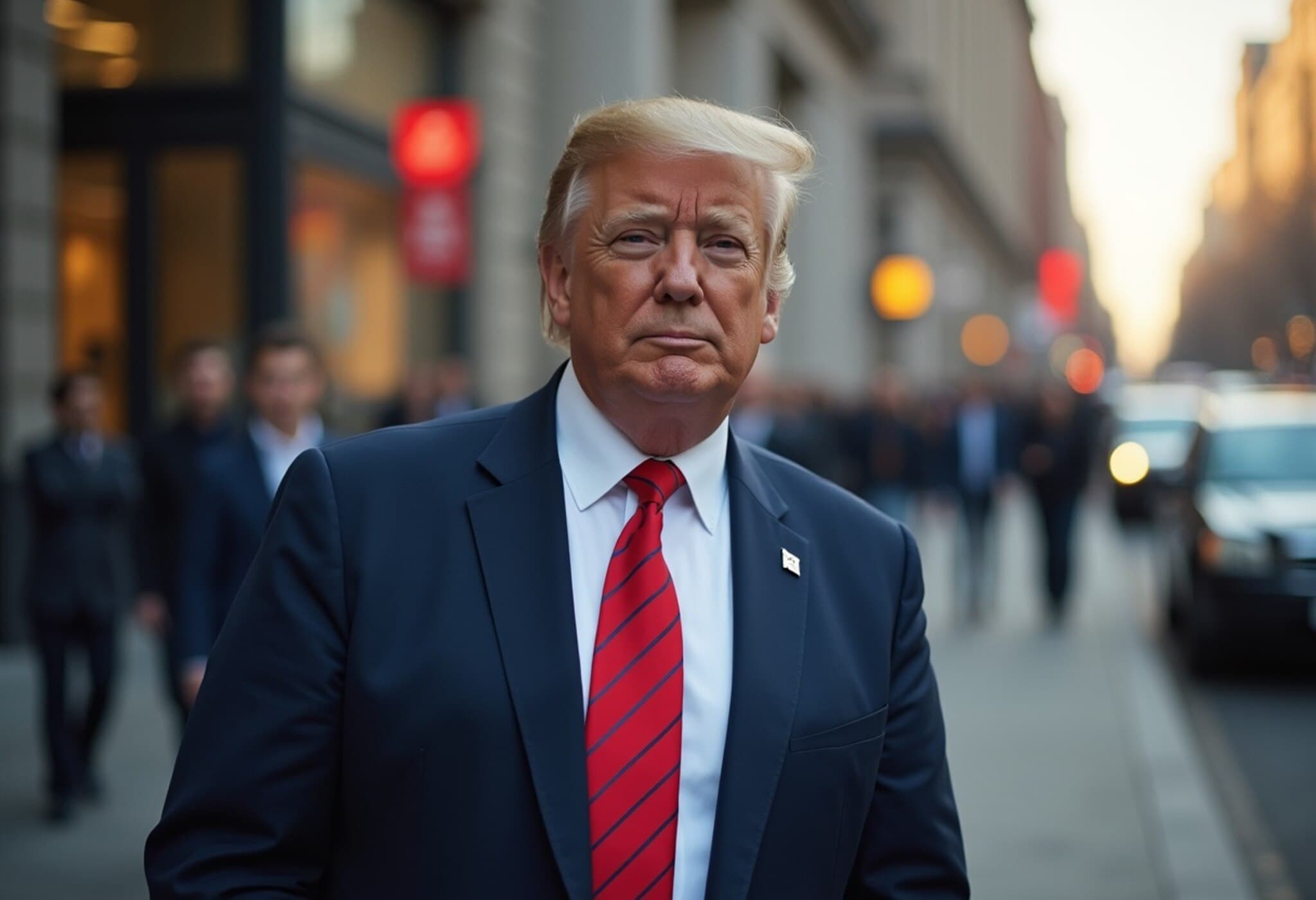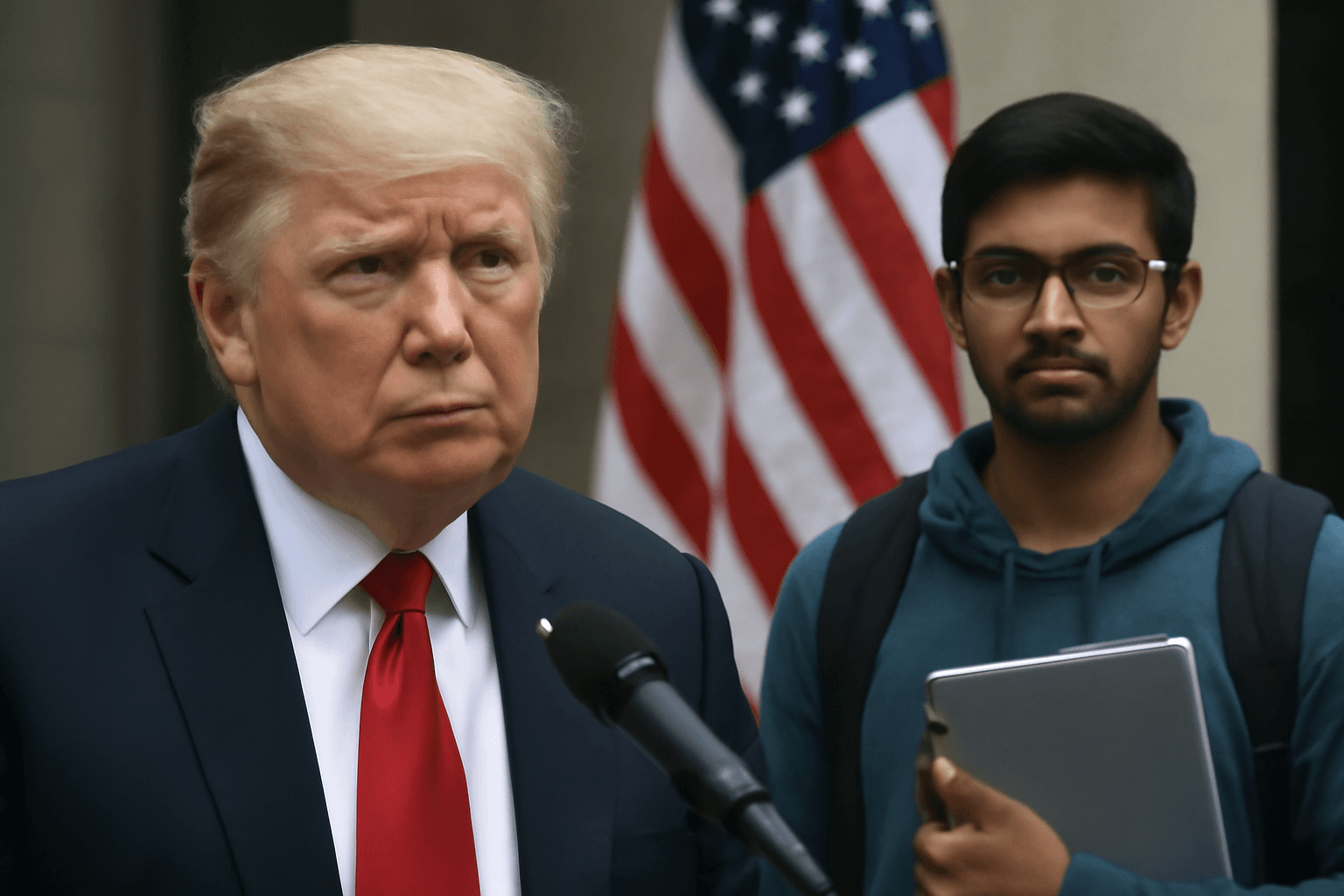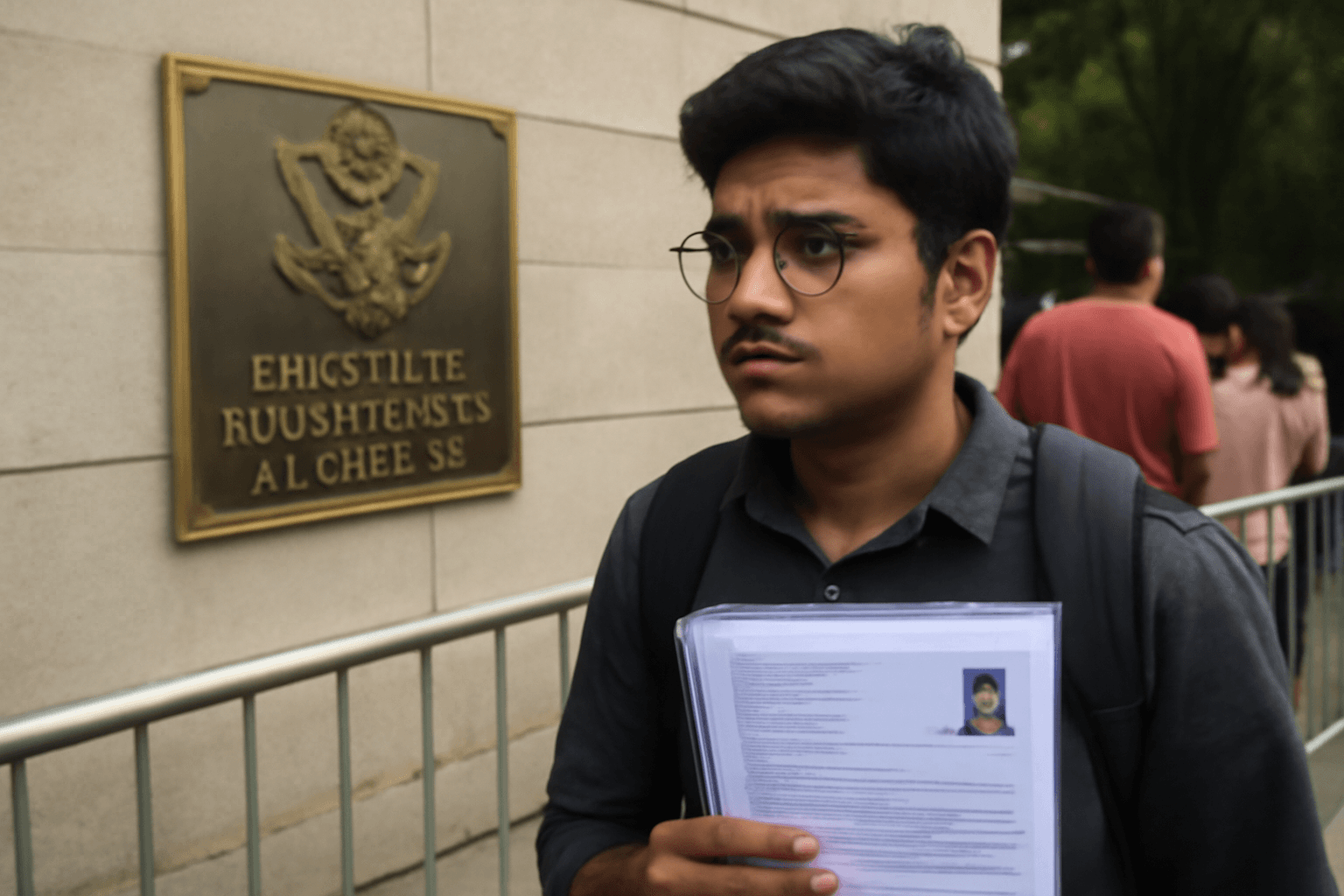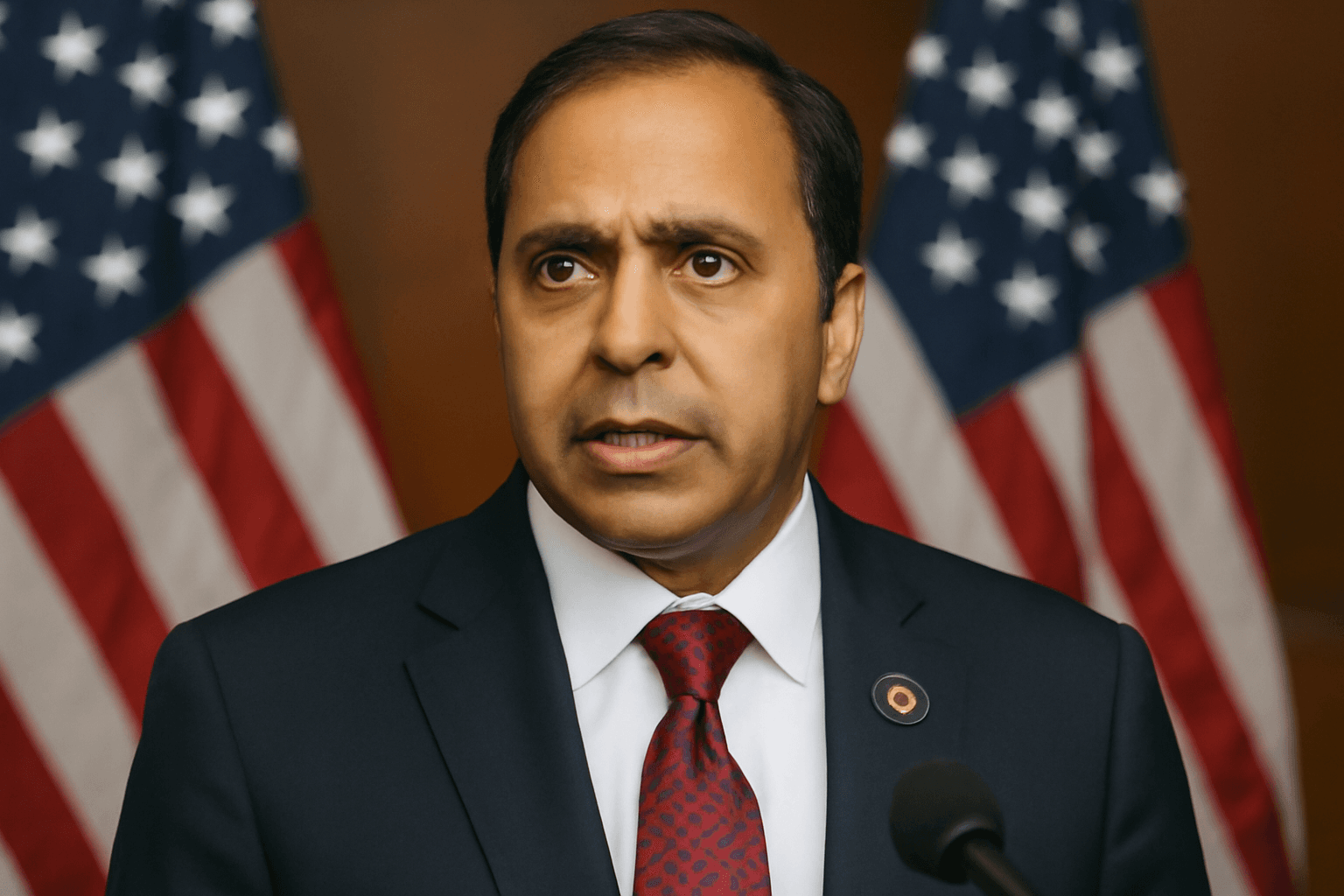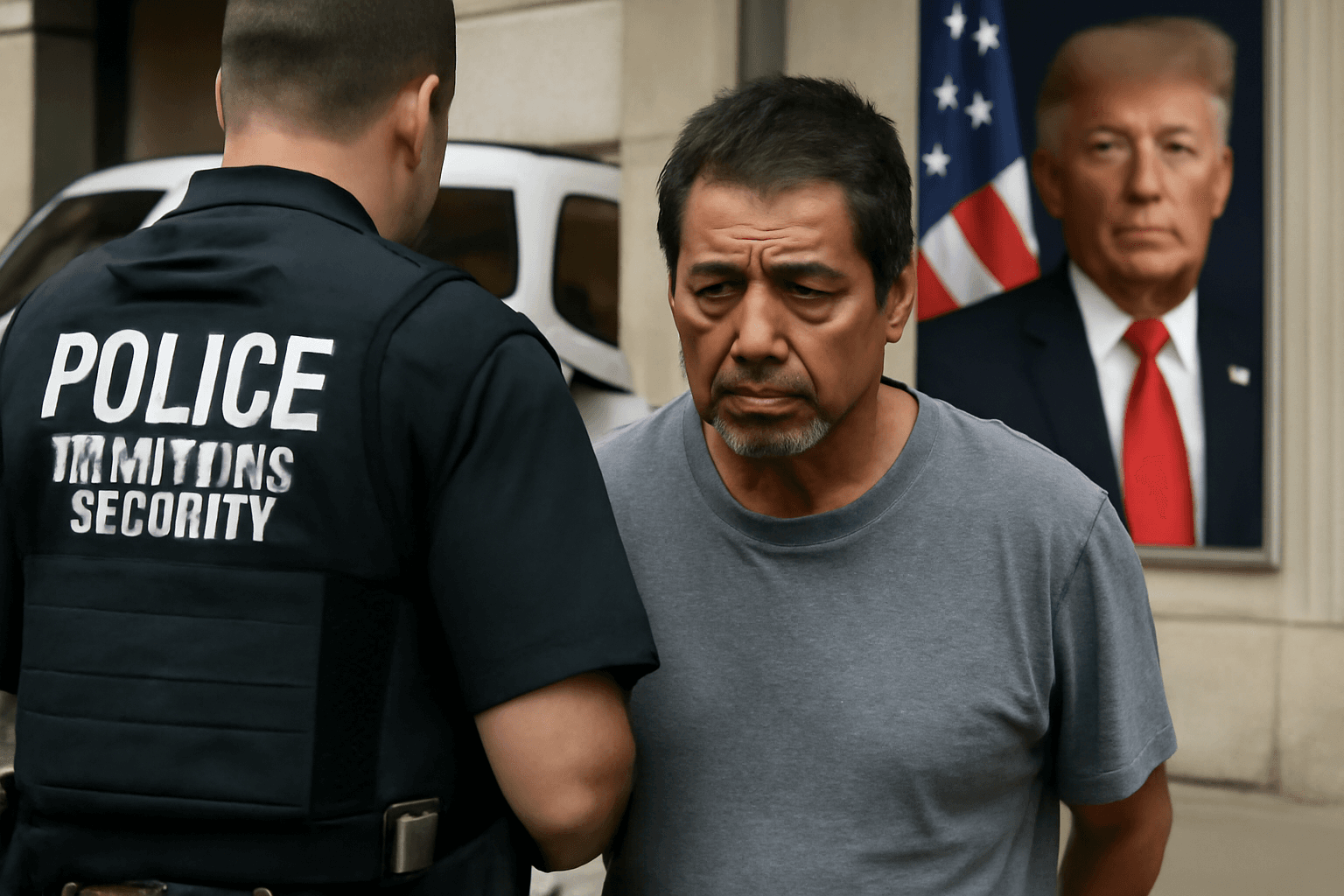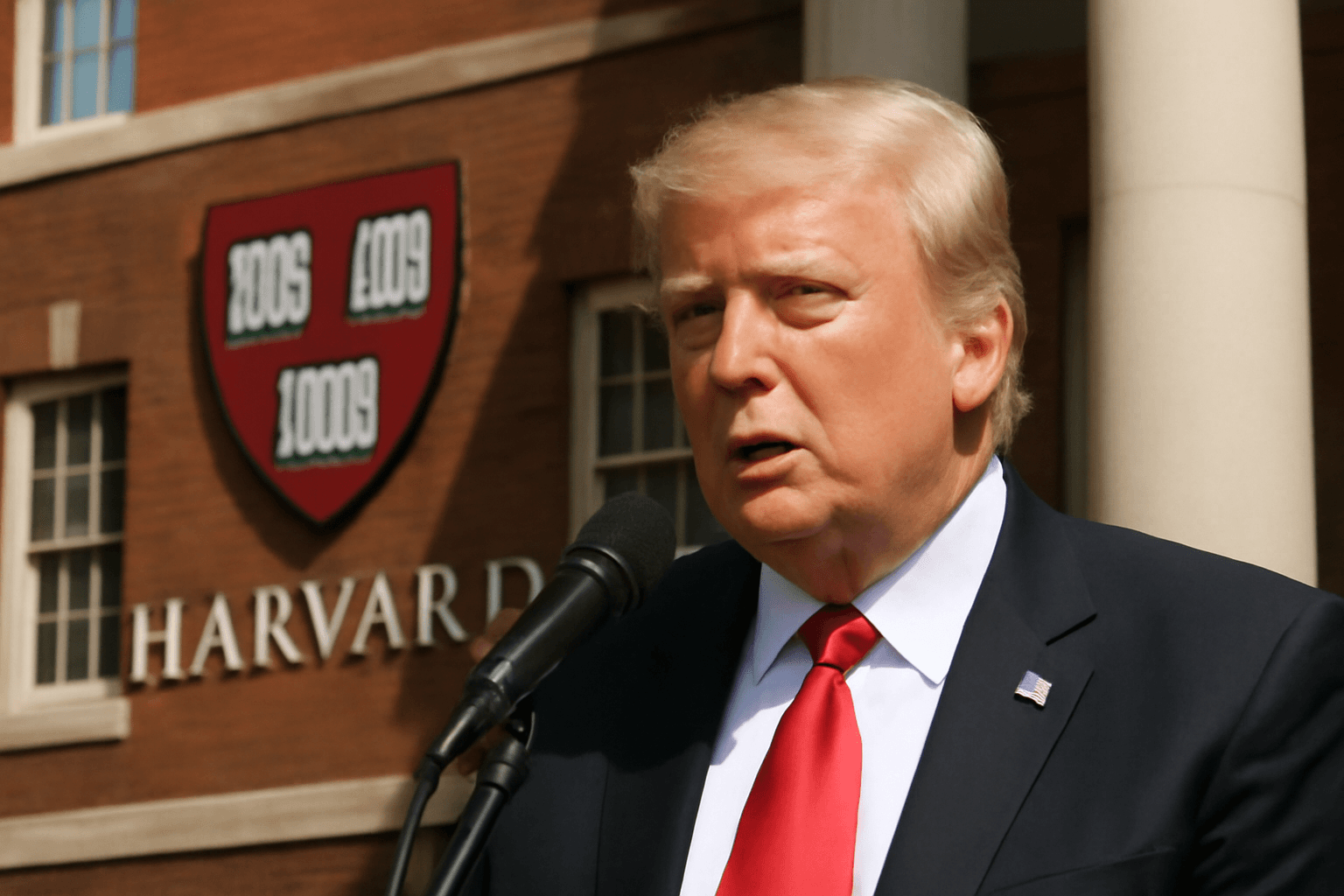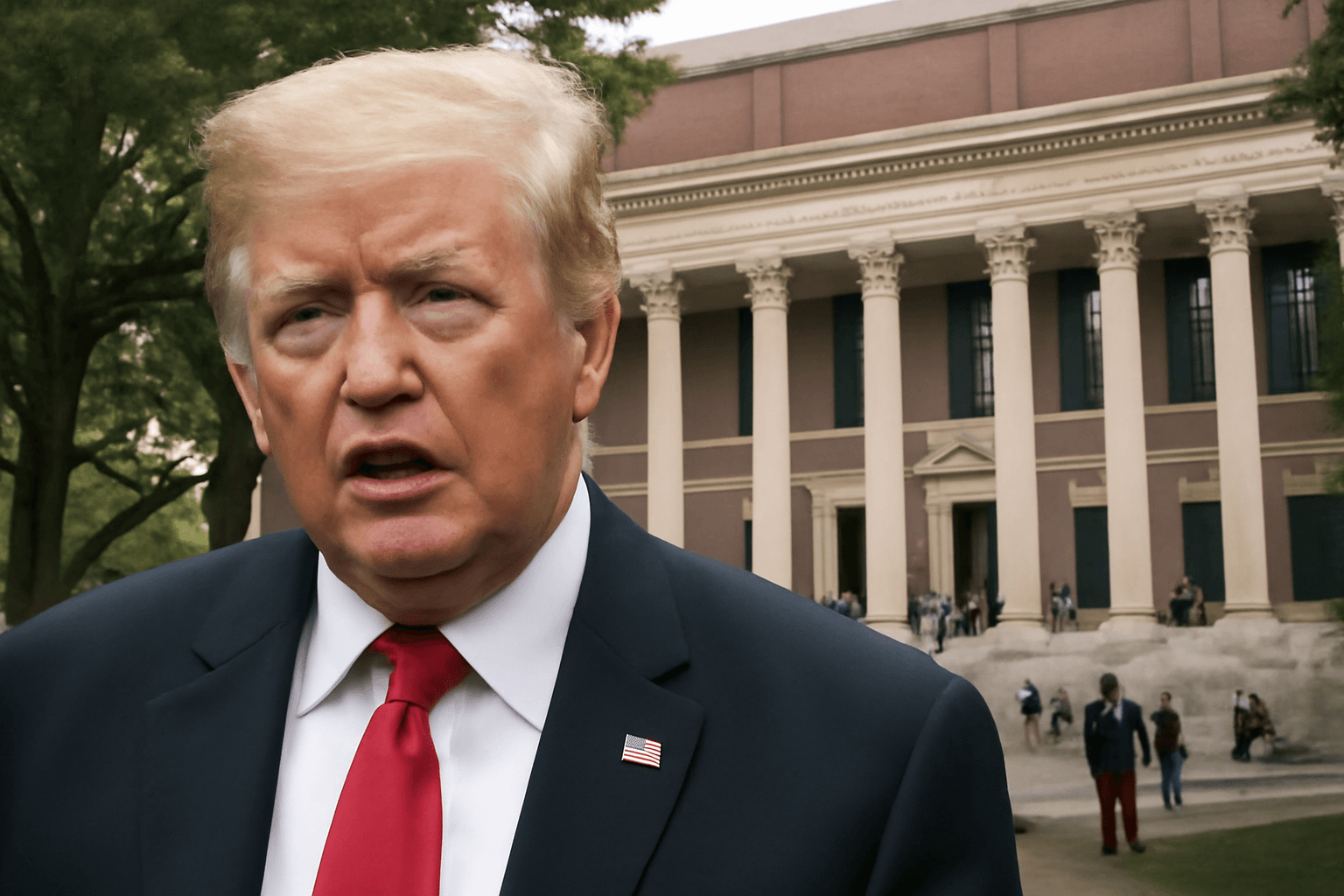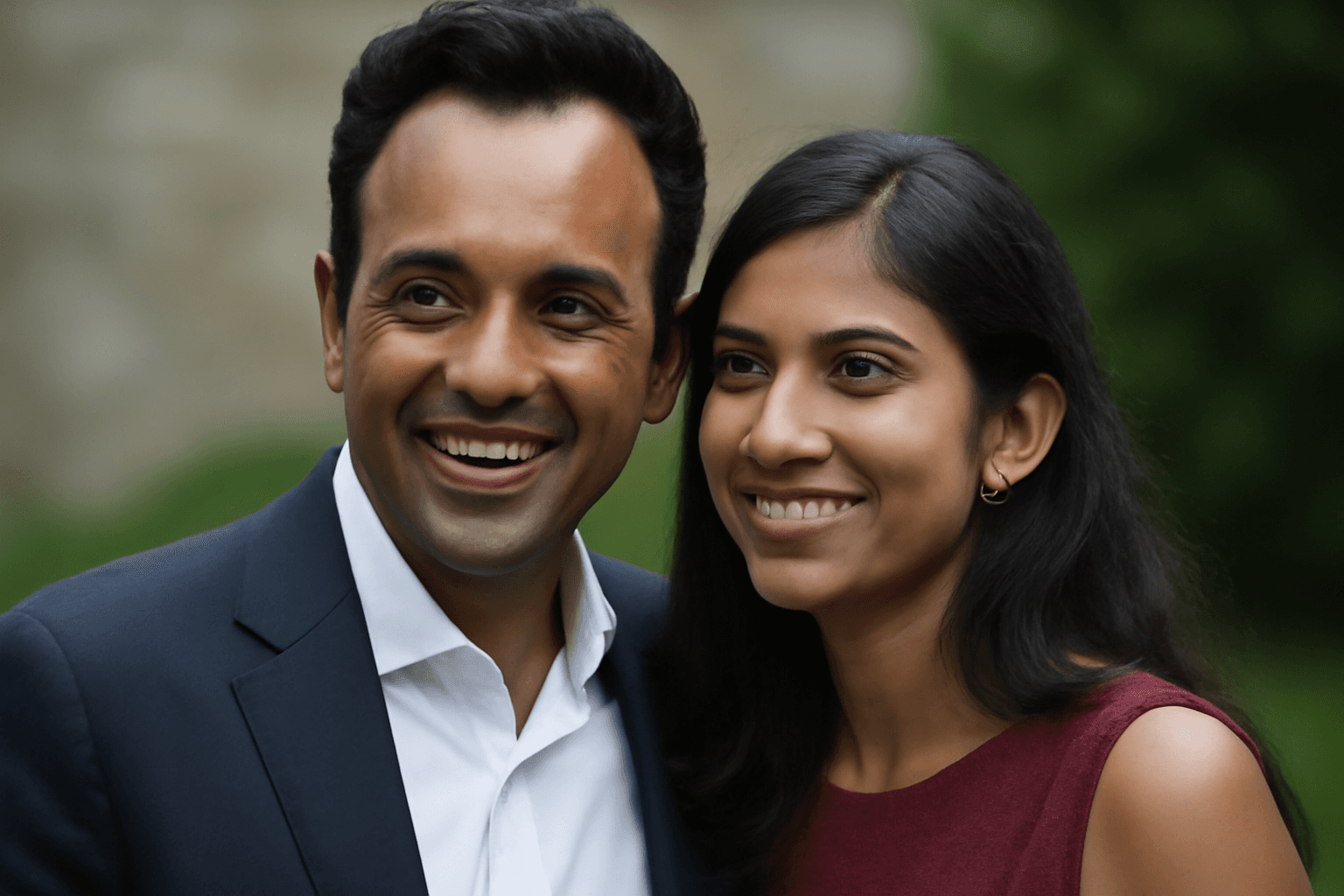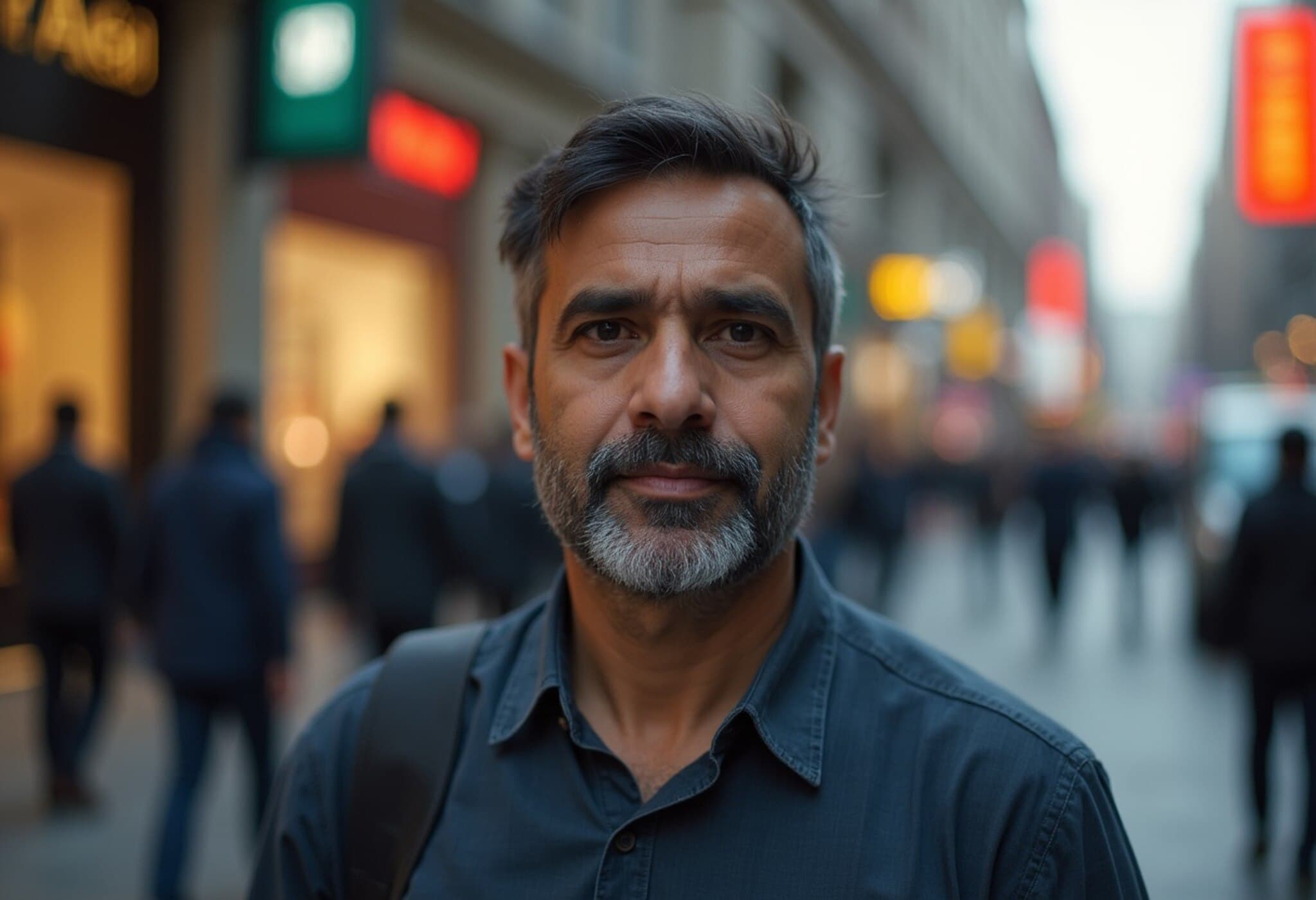Understanding the US Citizenship Test and Upcoming Changes
Becoming a naturalized American citizen is a milestone that many aspire to, marked by a critical step: passing the citizenship test, officially known as the Naturalization test. This examination evaluates an applicant’s knowledge of U.S. history, government, and English proficiency. However, the current administration has raised concerns about the test’s rigor and reliability, paving the way for potential reforms that could reshape the pathway to citizenship.
How Does the US Citizenship Test Work?
Applicants for US citizenship must first submit Form N-400, which initiates the naturalization process. They undergo background checks, must satisfy residency requirements, and appear for an interview consisting of two components:
- English Test: Evaluates speaking, listening, reading, and writing skills.
- Civics Test: Assesses knowledge of U.S. government, history, and civics.
During the civics test, there are 100 possible questions. The USCIS officer randomly selects 10 questions, and applicants must correctly answer at least 6 to pass. This format has been in place since 2008, offering a manageable pathway for candidates.
Proposed Tougher Standards Reflecting National Security and Integration Concerns
The new director of the United States Citizenship and Immigration Services (USCIS) argues the current test can be easily memorized without true understanding, undermining its purpose. Reflecting these concerns, the Donald Trump administration is considering reinstating a more stringent version of the test from 2020. That format included 128 questions, with applicants asked 20 questions and required to answer 12 correctly — raising the bar significantly.
These changes can be seen as part of a broader agenda aiming to reinforce the “spirit of the law” behind citizenship, ensuring candidates not only memorize but internalize democratic values and civic responsibilities. Critics, however, express concerns about the accessibility for immigrants and the potential to politicize naturalization.
Implications of Citizenship Test Changes
A tougher citizenship test may have diverse implications:
- For Immigrants: It may increase preparation burdens, especially for those with limited education or English proficiency.
- For Communities: Potential slowdowns in naturalization rates could affect social integration and access to benefits.
- For Policy: Reflects shifting priorities towards tighter immigration controls and national identity narratives.
Sweeping Reforms in the H-1B Visa Program
In tandem with naturalization reforms, the Department of Homeland Security (DHS) has proposed significant amendments to the H-1B visa program, which allows U.S. employers to hire highly skilled foreign workers.
The proposed policy effectively restricts H-1B visas to high-salary, high-skilled jobs, eliminating their use for lower-paid entry-level positions. This move aims to protect U.S. graduates and reduce the hiring of foreign workers at lower wages, creating a more competitive domestic labor market.
Expert Perspectives on H-1B Changes
From an economic and policy standpoint, this shift could:
- Encourage employers to invest more in skilled domestic talent development.
- Improve wage standards by removing cheaper foreign labor options.
- Potentially slow innovation in tech sectors dependent on global expertise, raising concerns among industry leaders.
This dynamic reveals the tension between protecting American workers and maintaining competitiveness in a globalized economy.
Looking Ahead: What These Changes Mean for Applicants and the Nation
As the U.S. recalibrates its immigration policies, prospective citizens and foreign workers face a landscape of heightened requirements and evolving legal frameworks. The enhanced citizenship test underscores a national emphasis on meaningful civic knowledge, while the H-1B visa revisions seek to balance labor market demands with domestic employment priorities.
The broader question remains: How will these reforms shape America’s identity as a nation of immigrants while safeguarding economic interests in a rapidly changing world?
Editor’s Note
These proposed reforms to U.S. immigration and citizenship processes reflect a pivotal crossroads. While a more rigorous citizenship test aims to deepen commitment to American democratic ideals, it also raises questions about accessibility and fairness. Concurrently, the H-1B visa restrictions aim to protect American workers but may affect industries dependent on skilled foreign talents. Stakeholders — from policymakers to immigrants — must weigh the balance between inclusion and regulation carefully.
What remains clear is that immigration will continue to be a defining and debated feature of America’s evolving story.

